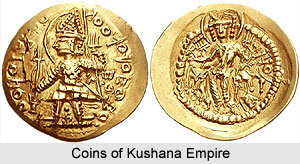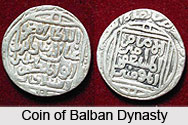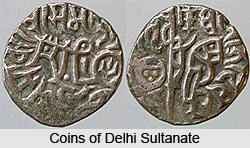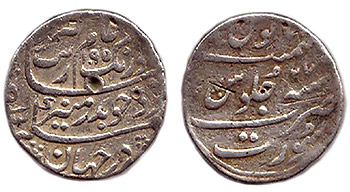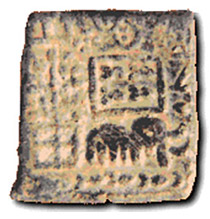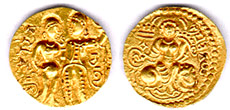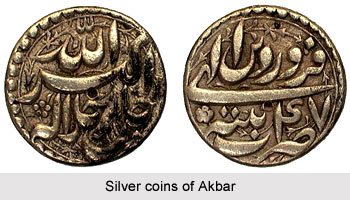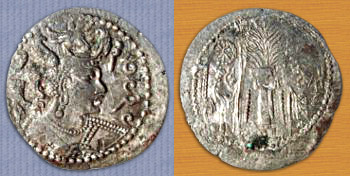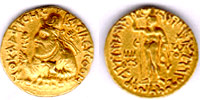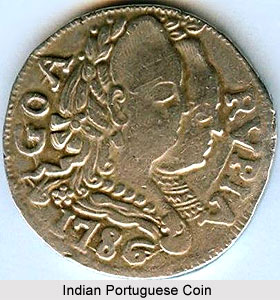Coins of Shah Jahan include the gold and silver coins that had the `Kalima` and the mint`s name on one side and his name and title `Sahib-qiran Sani Shihabuddin Muhammad Shah Jahan Badshah Ghazi` on the other.
Primarily the superscriptions on the coins were plain and simple. But later till the end of his reigning period, except the Tattah mint, where the earlier style was retained, Shah Jahan employed a type endless in its varieties. During this time, the names of the four Khalifas were reintroduced and they appear with epithets in the margin on the obverse side of the coin. The reverse margin bore the titles of the emperor. He used a couplet only on the coins of Shahjahanabad during the last ten years of his reign. The couplet that was introduced during his period connotes, may the coins of Shahjahanabad be current in the world for ever in the name of the second Lord of the conjunctions.
The predecessors of Shah Jahan did not use any pretentious titles. But Shah Jahan, in the imitation of Timur, called himself `Sahib-i-qiran sani`. After this, the later emperors started using this title. Following the tradition of Jahangir, Shah Jahan also used the Ilahi months on the coins along with his regnal year and ordered that his regnal year to be reckoned according to the lunar system, on which Hijri era was based. This was followed by his all his successors. During the first few years, copper coins along with the gold and silver coins also bore the `Kalima` on the obverse and the name of the king with his titles and the mint name on the reverse. Later, the `Kalima` etc was relinquished from the copper coins and the name and title of the king were placed on the obverse. Some coins had only his title `Sahib-qiran sani` with or without the word `fulus` and the reverse had the mint name. Afterwards, the obverse was changed with a simple inscription, `Fulus Shahjahani`.
Coins of Shah Jahan in gold, silver and copper metals were issued from Ahmedabad, Akbarabad, Allahabad, Kashmir, Cuttack, Lucknow, Patna, Shahjahanabad, Surat and Ujjain. Gold, copper and silver coins were also issued from different places of India like Ajmer, Aurangbad, Junagarh, Udaipur etc. After the serious illness of Shah Jahan, the conflict for succession to the throne followed. During this time, Shah Shuja and Murad Bakhsh asserted their claims by issuing coins in their names. Shah Shuja issued coins from Akbarnagar in Bengal and Murad Bakhsh issued his coins from Ahadabad, Surata and Khambayat in Gujarat. They used the square type of their father with the `Kalima` and the names of the Khalifas on one side and their name and title on the other. Both of them styled themselves on the coins as `Sikandar-sani`.
